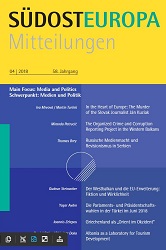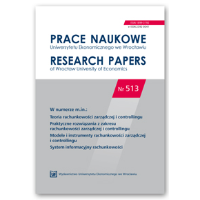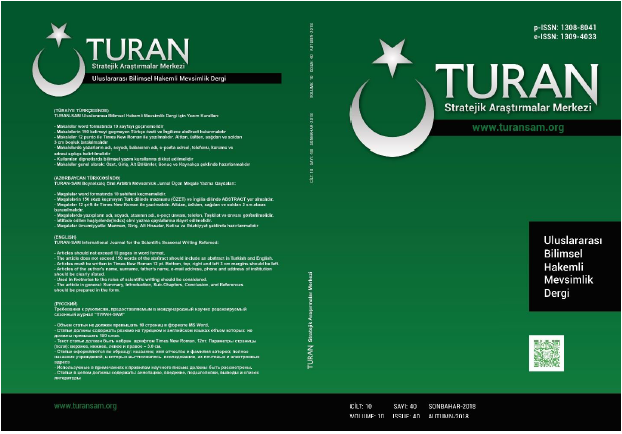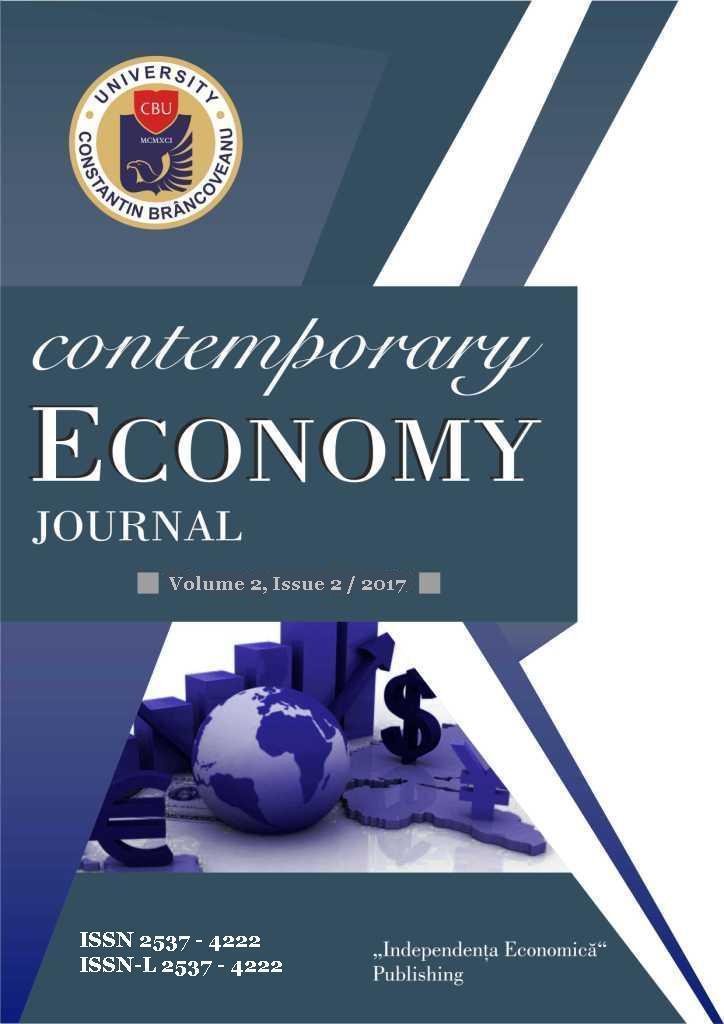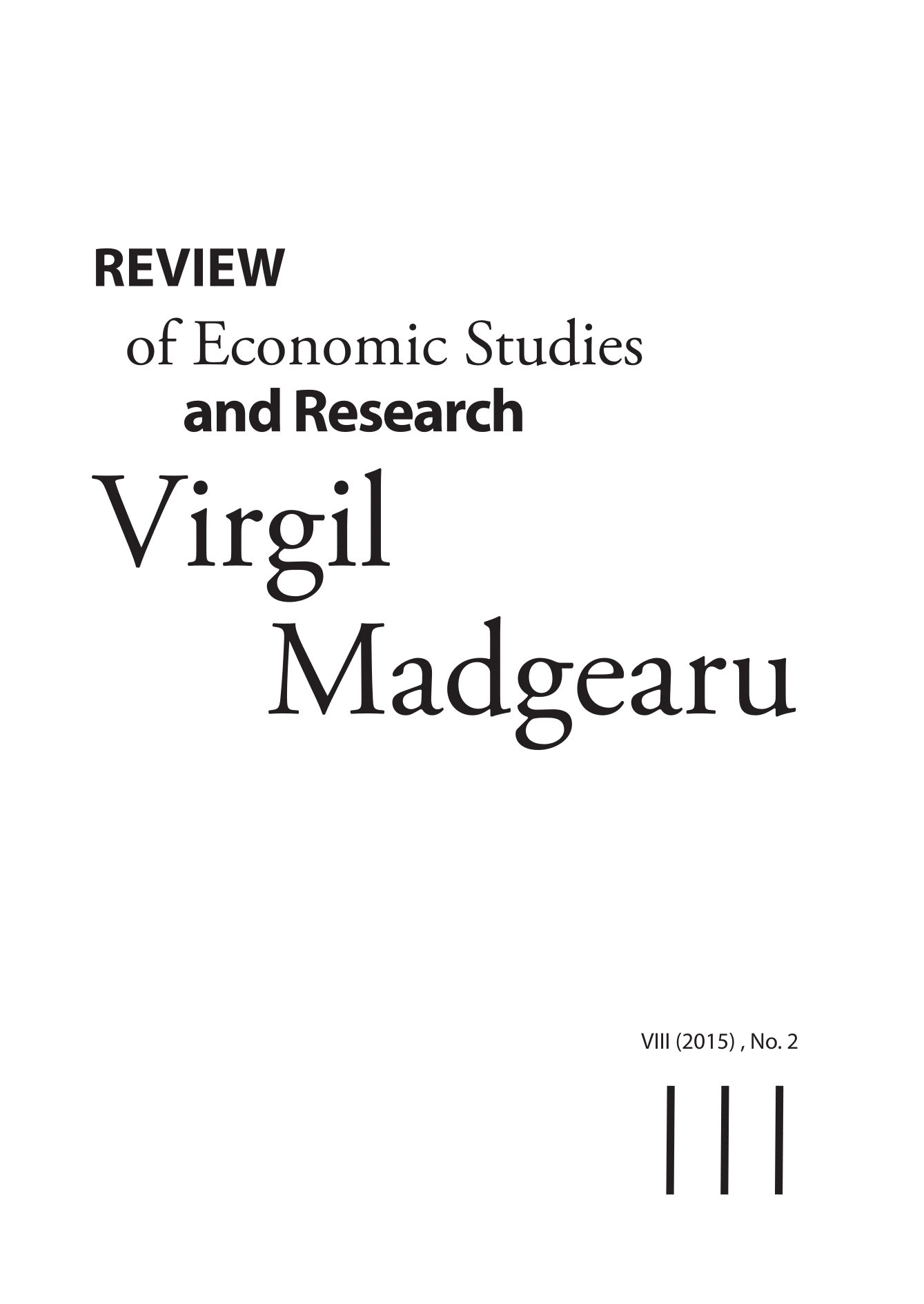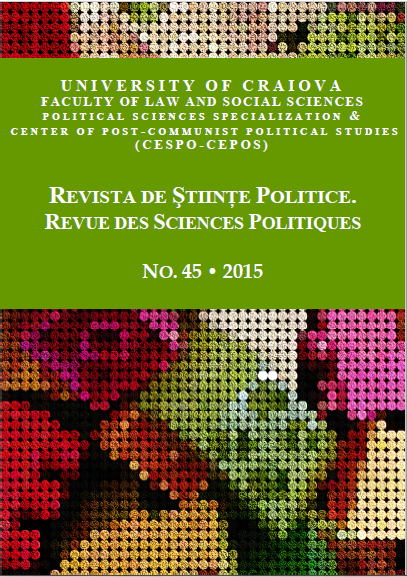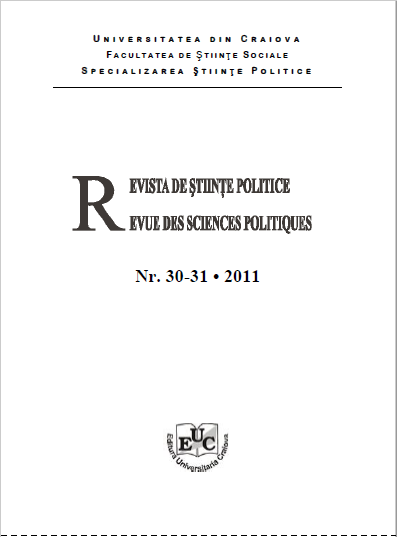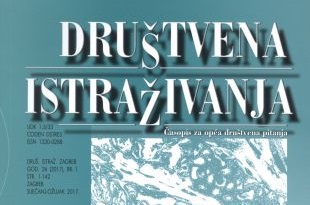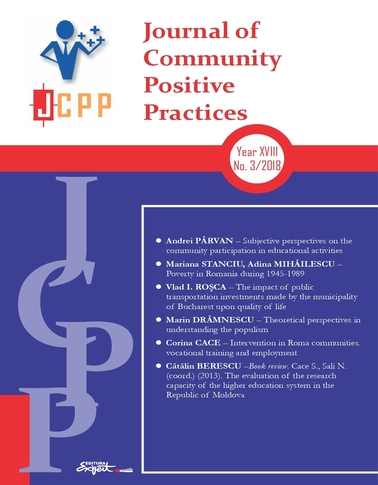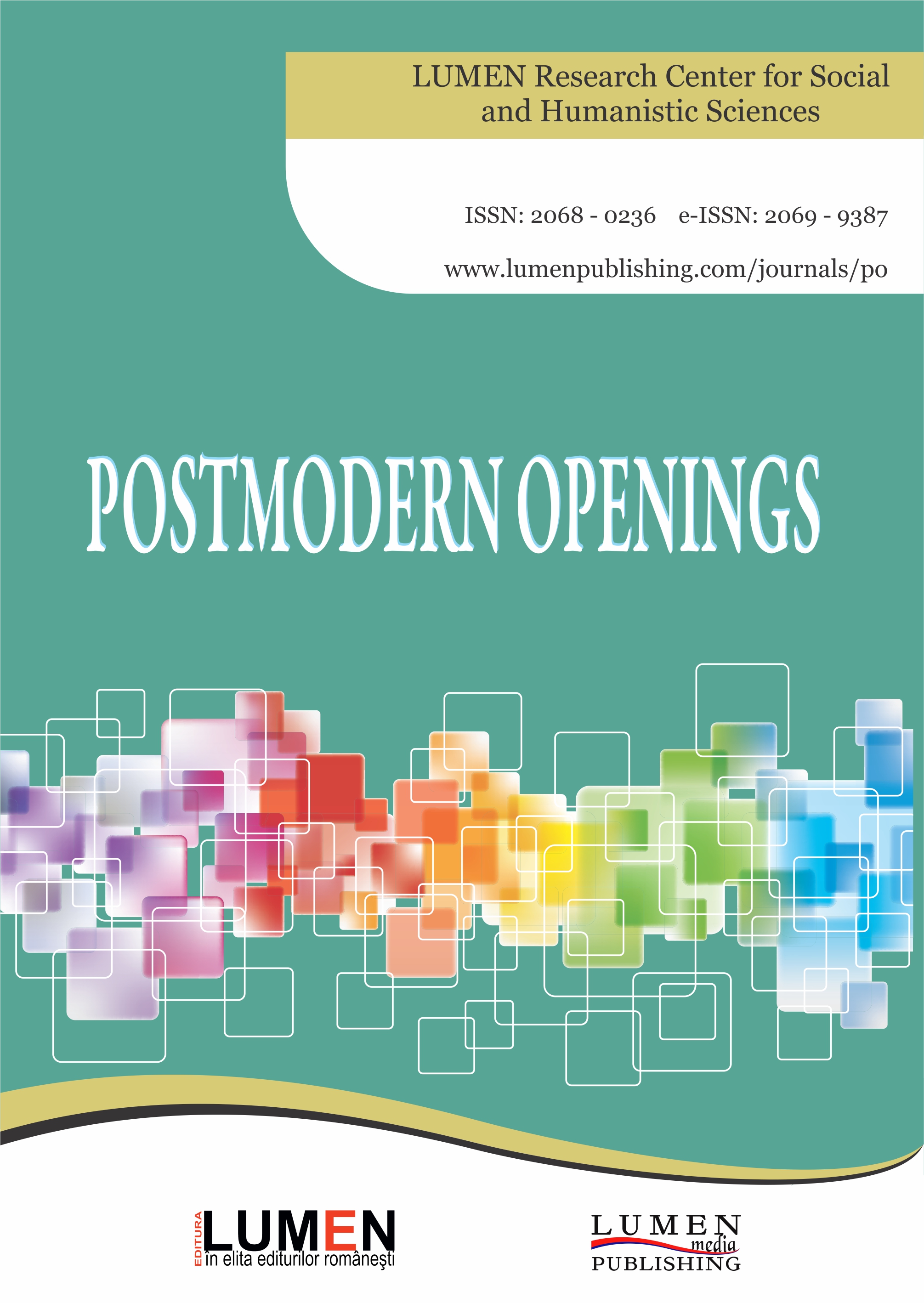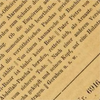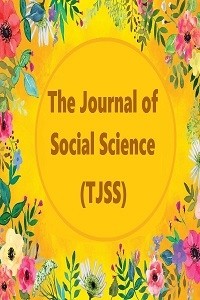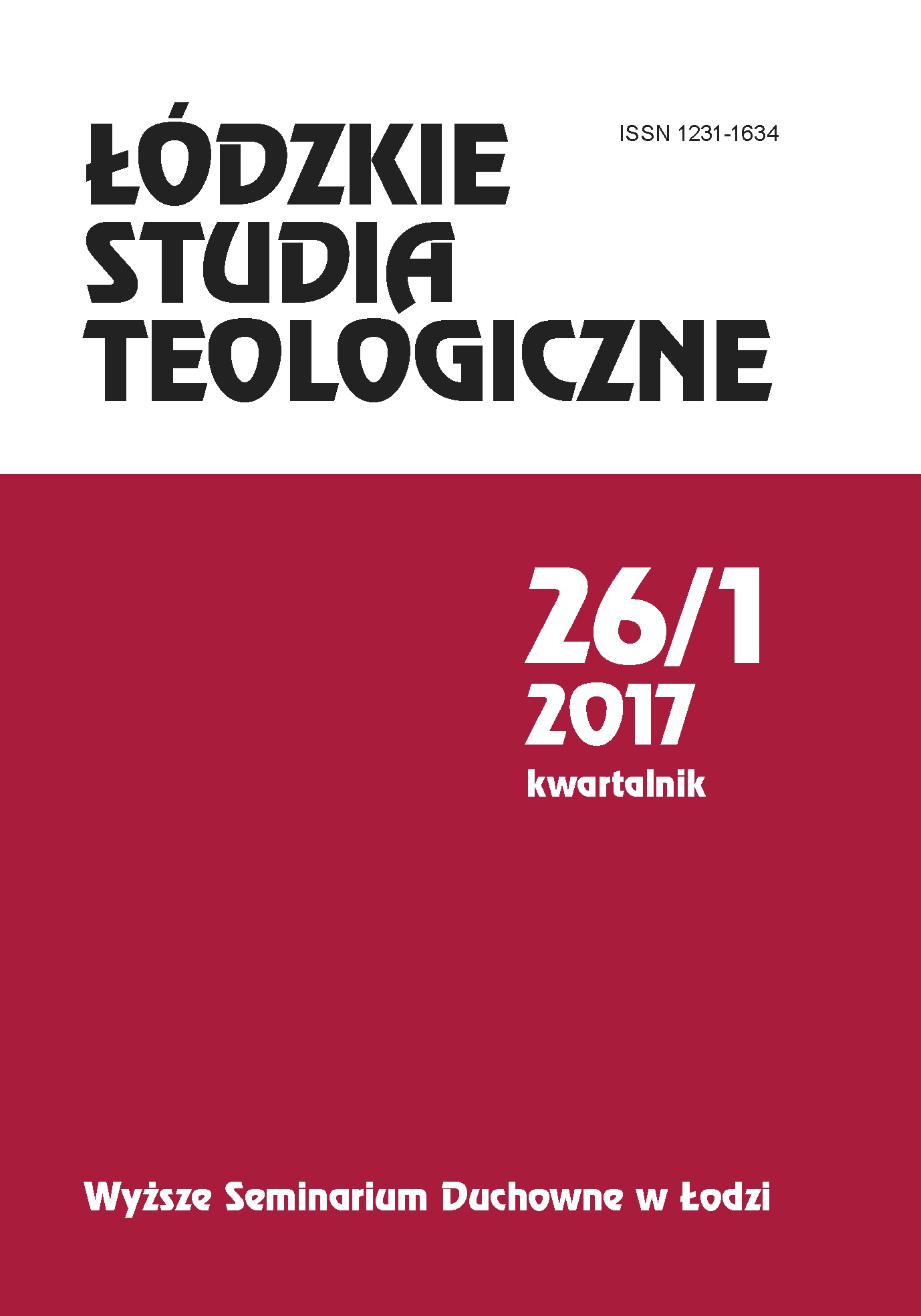
Socjalizacja religijna maturzystów z województwa lubelskiego w świetle badań socjologicznych
The aim of this article is to present the results of our own survey in the field of religious socialization, which are a part of broader research issues on how religious sanctity is understood and located in one’s religious awareness; we researched the perception and evaluation of holy life, of people who are considered saints and possible desire to follow them in their own life by high school graduates. Studies were carried out in 2010 on a representative sample of 1841 high school graduates living and studying in Lublin Voivodeship. For the purpose of this article, we have divided the issues regarding education and teaching religious principles into three parts: the first part covers respondents’ statements about "religious atmosphere" in the family as demonstrated by discussions on religious topics in their families; the second part includes young people’s opinions about religious education; in the third part teachers speak about the presence of religious education at school and its role in shaping the students’ worldview.
More...

